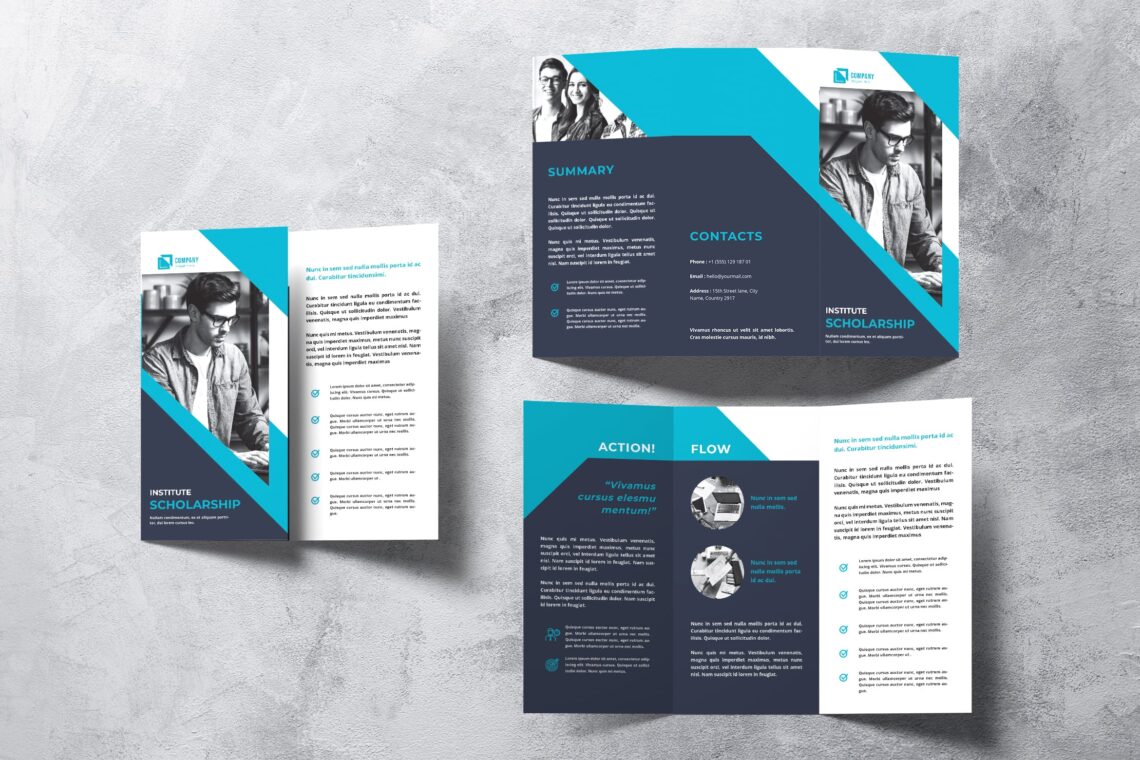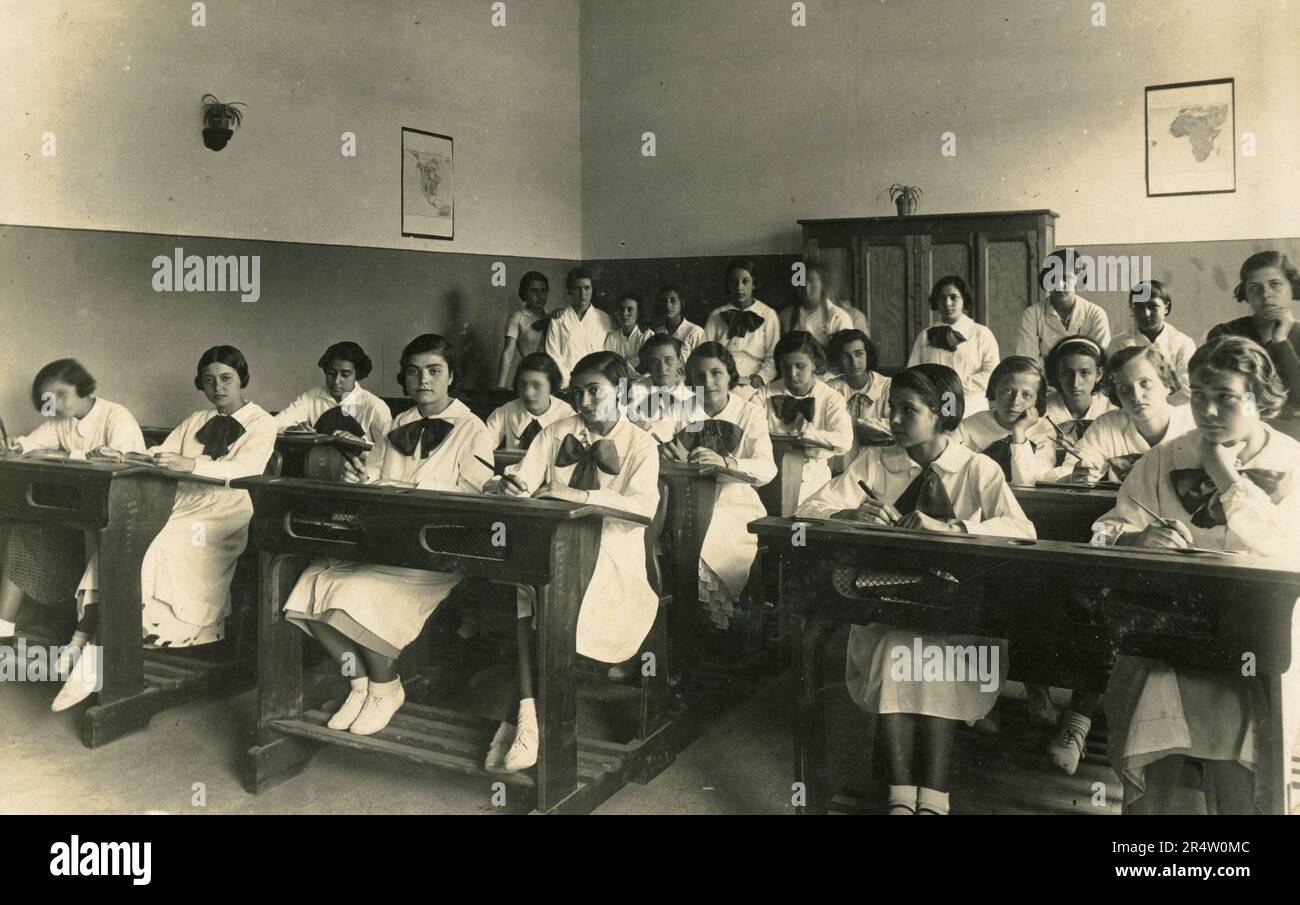Understanding Your Financial Aid Toolkit
As demand for skilled trades surges across industries like renewable energy and advanced manufacturing, trade schools have become launchpads for stable careers. But with average tuition reaching $15,070 annually according to 2024 Department of Education data, financial planning remains crucial. Let’s explore how funding in 2025 empowers students to pursue welding certifications, HVAC training, and other vocational paths without drowning in debt.

Federal Support Systems
The Federal Pell Grant continues anchoring trade school financing, offering up to $7,395 annually for eligible students.
"Without Pell, I couldn’t afford my electrician certification,"
says Marcus Chen, a 2024 graduate now earning $68,000 yearly. The FSEOG program supplements this with awards up to $4,400 for students with exceptional need.
Trade-First Scholarships
Unlike traditional college scholarships focusing on GPAs, vocational awards prioritize practical skills. The DEWALT Trades Scholarship (up to $5,000) requires applicants to submit a tool innovation proposal, while the Women in Skilled Trades program evaluates hands-on project portfolios.

State Partnerships
California’s Cal Grant C Award exemplifies state-level support, providing $2,700 annually for tools and tuition. Contrast this with Texas’ Workforce Innovation Grants, which directly fund employer-aligned programs in fields like robotics and solar panel installation.
Navigating 2025’s Funding Shifts
Vocational education faces both challenges and opportunities this year:
- Enrollment Boom: Trade program enrollment spiked 12% since 2022 according to National Center for Education Statistics, forcing schools to expand financial aid offices.
- Pell Grant Pressures: While maximum awards increased 3%, eligibility tightened to exclude students taking less than 12 credits weekly.
- Corporate Investment: Tesla now offers EV Technician Grants covering 75% of tuition for battery maintenance programs, reflecting industry demands.

Smart Application Strategies
- Accreditation Check: Verify your school’s Federal School Code through the FAFSA portal since unaccredited programs disqualify you from federal aid.
- FAFSA Timing: Submit by October 1st to maximize state grant eligibility. Late filers forfeit up to $3,000 in California and Pennsylvania.
- Niche Hunting: Combine broad awards like the $1,500 HVAC Excellence Scholarship with hyper-local options like Denver’s Green Plumbing Initiative Stipend.

Economic Realities and Solutions
While federal aid projections hit $135 billion for 2025, trade students face unique hurdles:
- Tool Inflation: Welding gear costs jumped 18% since 2023, outpacing grant increases.
- Interest Rate Impact: Federal loan rates now at 5.5% add $1,200 to average repayment plans versus 2020 graduates.
"ScholarshipUniverse’s matching algorithm found me $4,200 in obscure awards,"
shares nursing assistant trainee Lila Torres, highlighting how AI tools combat funding gaps.

Equity-First Funding Initiatives
Underrepresented groups access tailored support:
- LGBTQ+ Welding Scholarships: Miller Electric’s Pride in Craft program offers $2,500 plus mentorship.
- Native American Grants: The Cherokee Nation Career Readiness Initiative covers 100% of tuition for construction trades.
- Rural Access: USDA’s Distance Learning Grants provide $1,200 for internet-enabled toolkits in remote areas.

Building Industry Bridges
Forward-thinking schools partner with employers to create funding pathways:
- Apprenticeship Conversions: IBEW Local 26 guarantees $28/hour union jobs for graduates completing their 4-year electrical apprenticeship.
- Tool Libraries: Milwaukee Tool’s School Partnership Program loans $15,000 equipment kits to HVAC programs, reducing student costs.
- Corporate Tax Incentives: New 2025 IRS rules grant companies $5,000 credits per trade school hire, fueling sponsorship deals.
Your Action Plan
- Mix Funding Streams: Combine Pell Grants with 2-3 specialized scholarships
- Leverage Partnerships: Ask instructors about employer-paid certifications
- Monitor Deadlines: Mark calendars for state grant cutoffs (varies March-June)

Conclusion
2025’s trade school financial aid landscape offers more options than ever, but requires it strategic navigation. By combining federal resources, corporate partnerships, and emerging equity programs, students can graduate ready to fill critical infrastructure roles without financial paralysis. As renewable energy and tech manufacturing drive demand for skilled workers, smart funding choices today build America’s workforce backbone for tomorrow.



